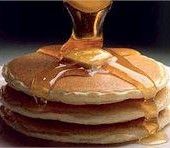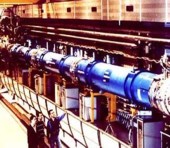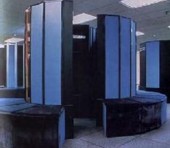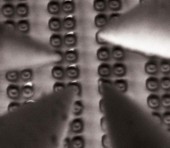With Lucy Frogger
Presents a Special Recipe For
Chicken Caesar Lasagna
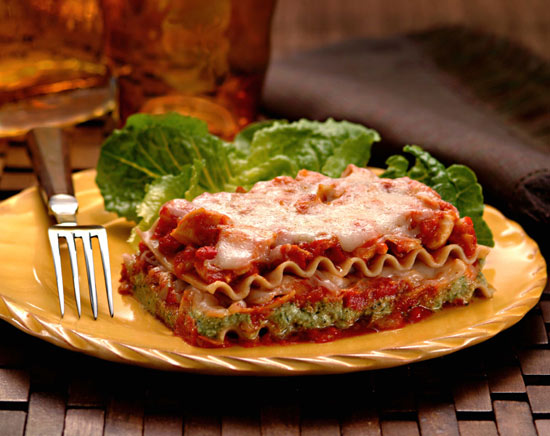
Ingredients:
- 2 boneless chicken breasts
- 2 cloves of garlic
- 1 tea spoon spicy mustard
- 1 tea spoon of vinegar
- 1 bunch of spinach
- 1 1?2 cups of Caesar dressing
- 2 cups of Alfredo Sauce
- 1 table spoon of tomato sauce
- 2 cups of romano cheese
- 1 cup of mozzarella cheese (grated)
- 1?2 cup of parmesan cheese (grated)
- 1 package (roughly 16-20) lasagna noodles.
- 2 teaspoon Extra Virgin olive oil.
Optional:
- 1 small chopped onion
- 1 chopped or sliced tomato
For vegetarian, substitute eggplant for chicken.
Directions:
Chop garlic finely and press, mix with mustard and vinegar and pour over chicken. Place chicken in a skillet with olive oil on low heat for 10-15 minutes until white throughout.
Cut chicken into fine slices and set aside in large bowl. Add the Caesar dressing and uncooked, rinsed spinach. Toss together until chicken, dressing and spinach are well mixed.
Add optional ingredients or spices to taste. Set a large pot on high heat, bring about three quarts of water to boil.
In a small saucepan, combine tomato and Alfredo sauces. Set on low heat. Stir occasionally until well mixed.
Spread a thin layer of sauce over the bottom of an oven-safe casserole dish. Once water is boiling, drop in the lasagna noodles, around five or six at a time. Cook until they can bend without breaking. Spread the cooked noodles in a flat row on the bottom of the casserole dish.
Spread layer of Romano cheese and sauce. Top with second layer of noodles. Add chicken and spinach layer and spread evenly. Top with parmesan cheese. Repeat layers of salad and cheese until all ingredients have been used or until desired thickness.
Top with final layer of noodles. Spread thin layer of sauce on top and pour grated mozeralla liberally over the top of the lasagna.
Bake at 300 degrees for 40-50 minutes, or until top layer is golden brown.
Serves 4-6 people.

